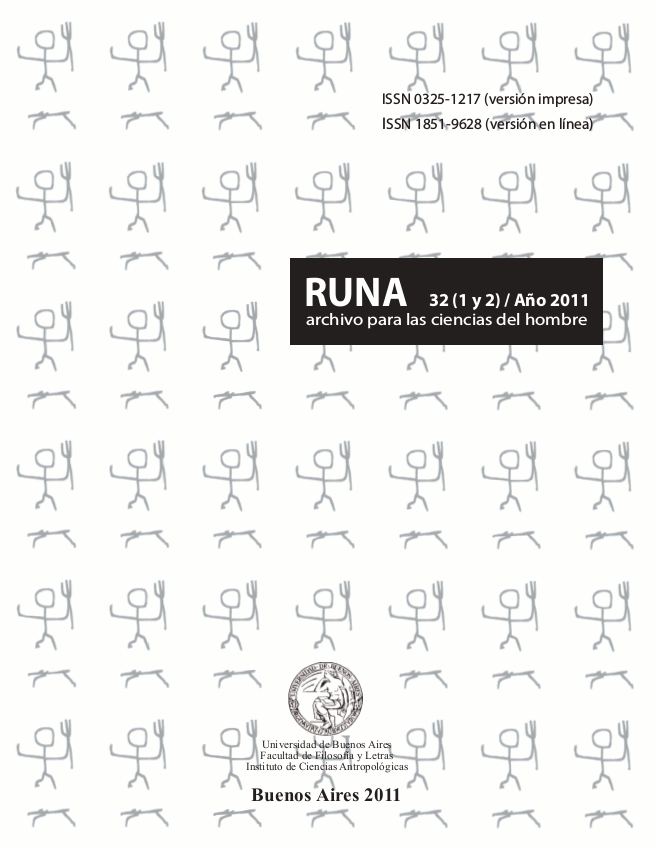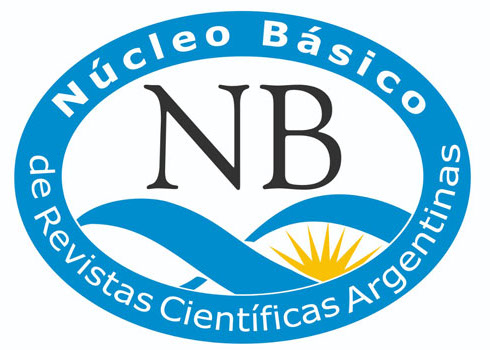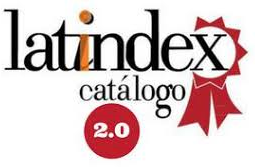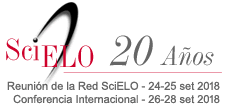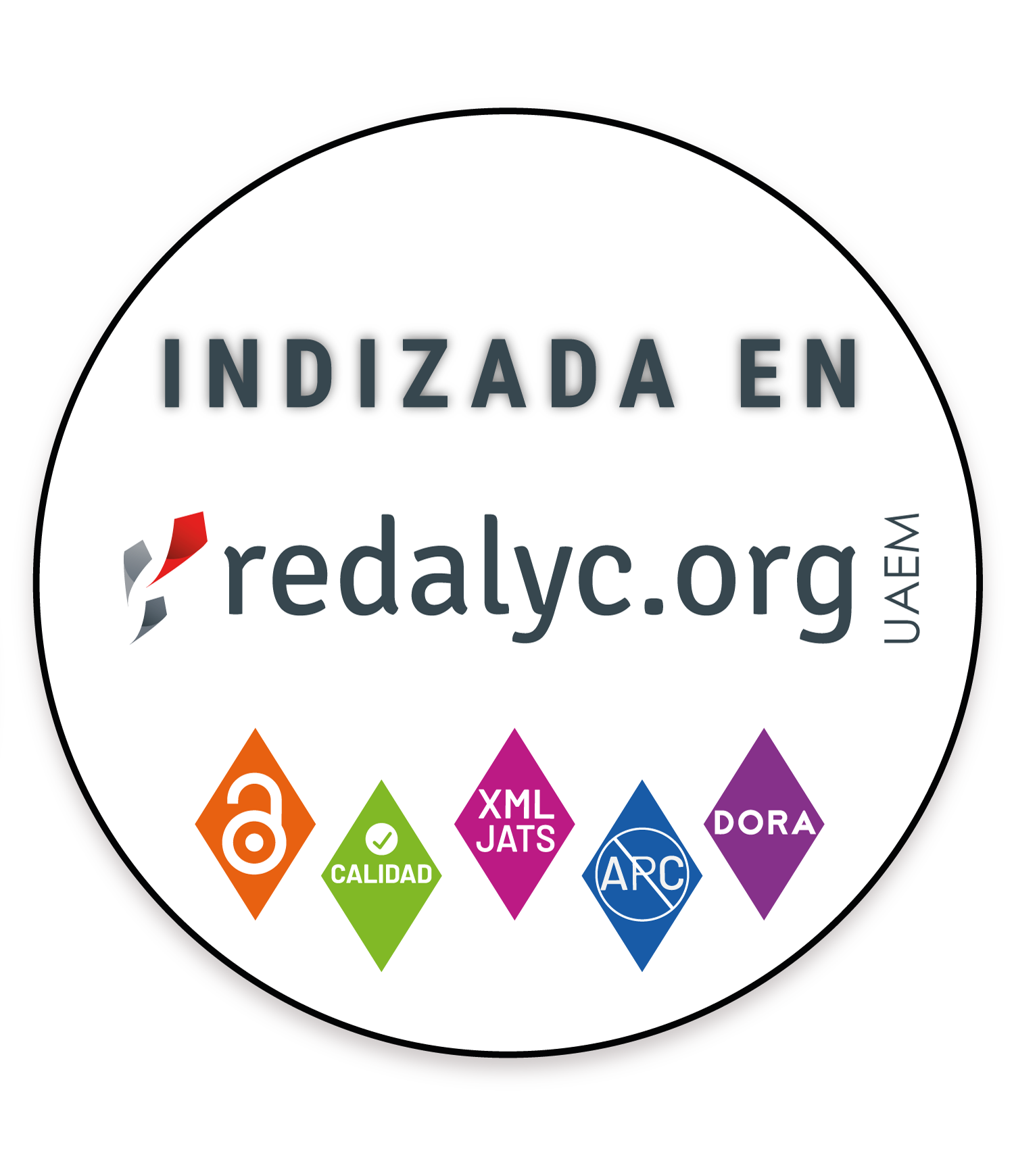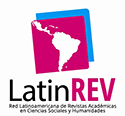Surnames, Families and Molecular Lineages: the Case of Azampay, Catamarca
Abstract
In human societies around the world there are several ways to classify the ancestors and descendants of each person. Family relationships are constructed during the life of each individual, but also have a biological basis that allows defining and reconstructing lineages.We have characterized the genetic profile of the Azampay community in Catamarca through molecular analysis techniques. The objective was to identify the American and Non American components in this population, to reconstruct the migration history and compare the molecular lineages with genealogies based on official records and oral history.Among male haplogroups, 88 % have foreign origin, while 100% of the female ancestors are Native Americans. Seasonal labor migration is an established economic strategy, during which the children are raised by their grandparents. This represents the way of introducing new molecular lineages, but it does not always register a correlation in the number of surnames.Downloads

Runa, archivos para las ciencias is a publication of the Instituto de Ciencias Antropológicas, Facultad de Filosofía y Letras, Universidad de Buenos Aires and is distributed under a Creative Commons Attribution 4.0 International License.
Runa maintains its commitment to the policies of Open Access to scientific information, considering that both scientific publications and publicly funded research should circulate on the Internet freely, free of charge and without restrictions.
The contents and opinions expressed in published articles are the sole responsibility of their authors.
